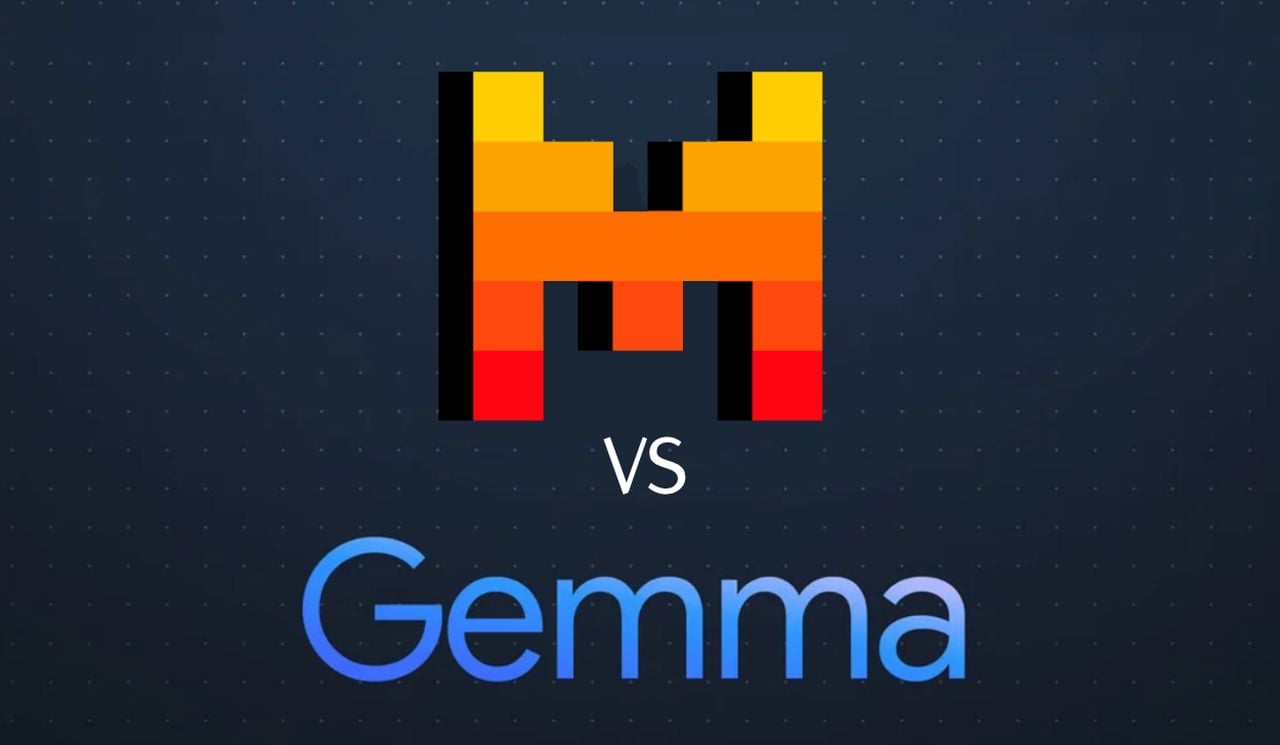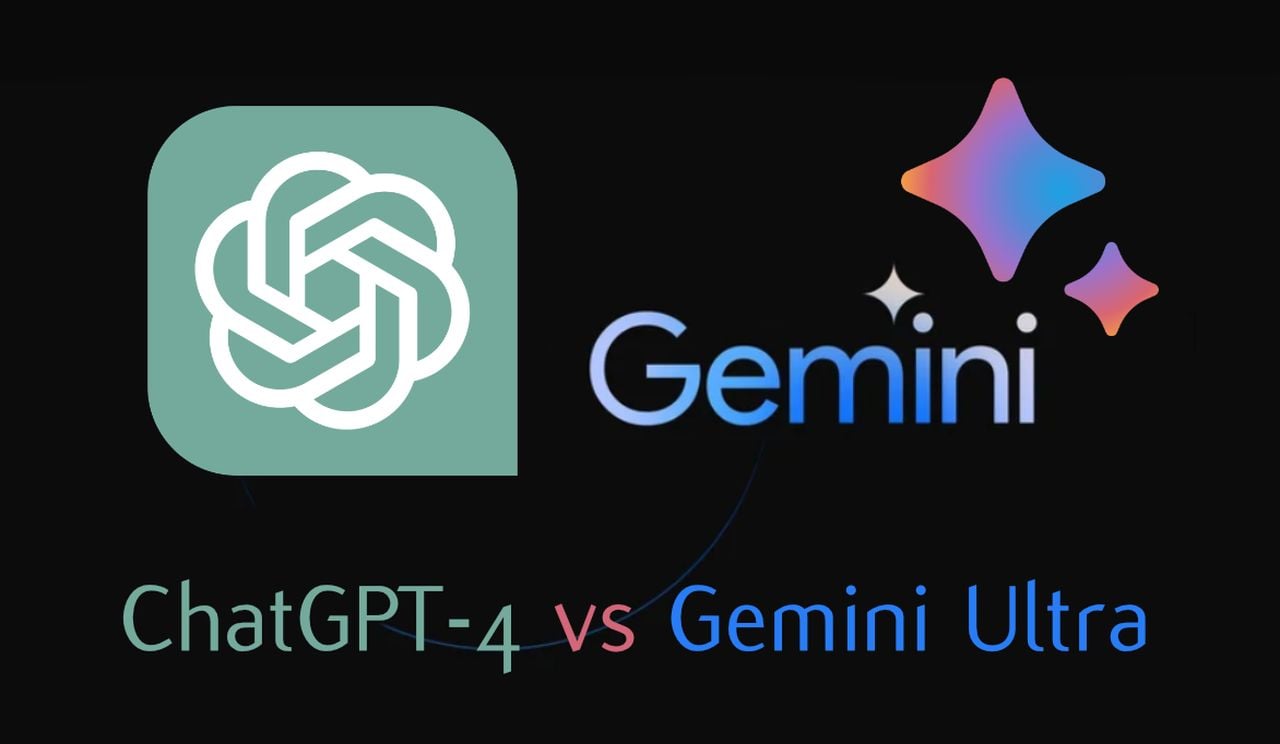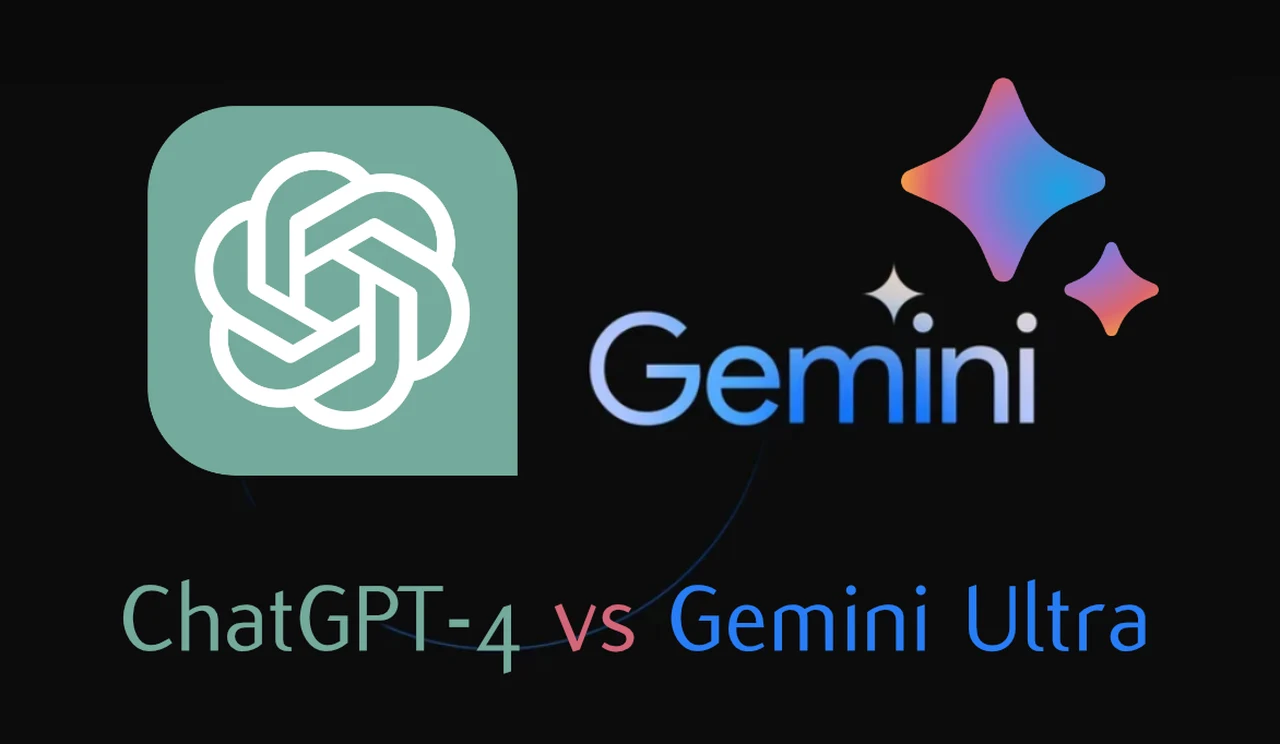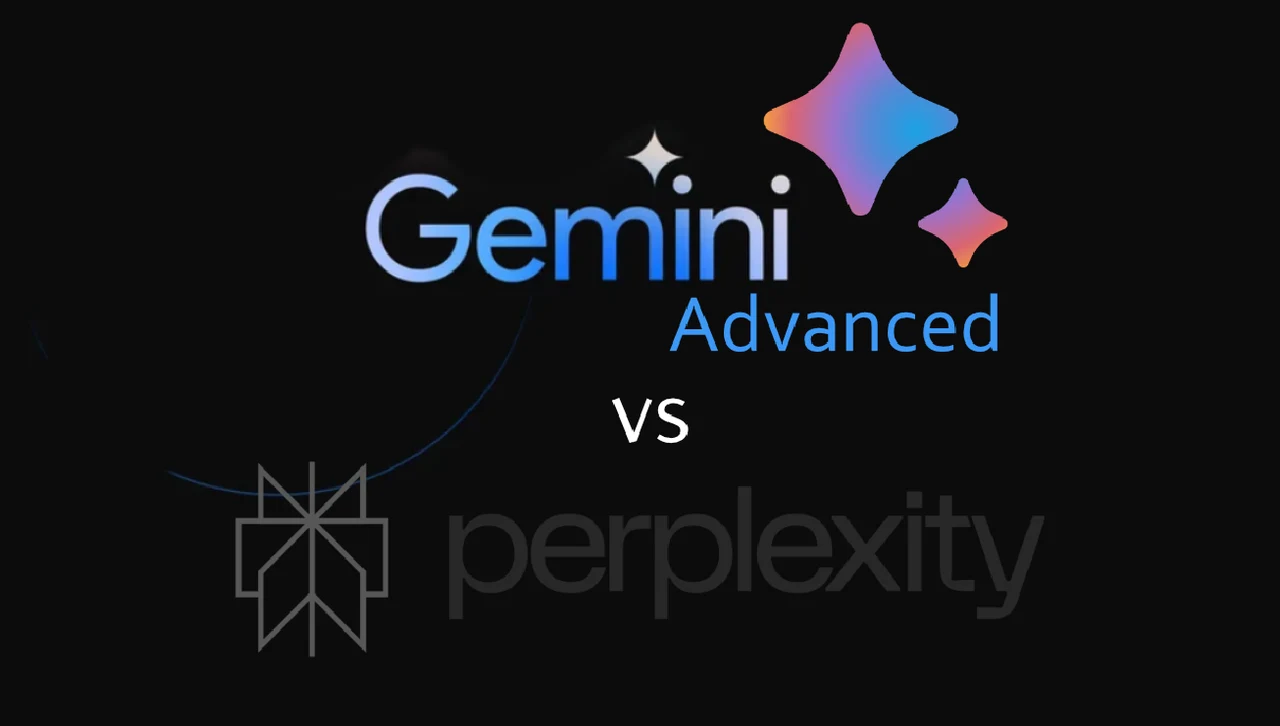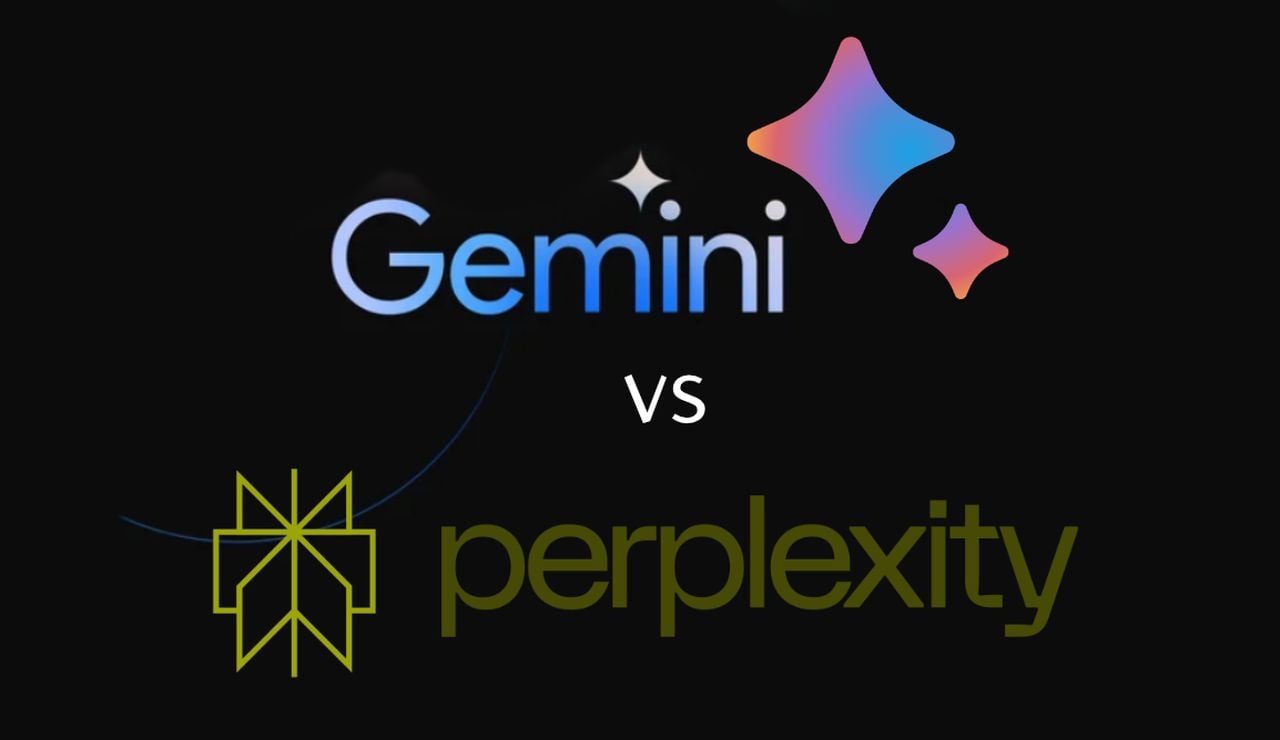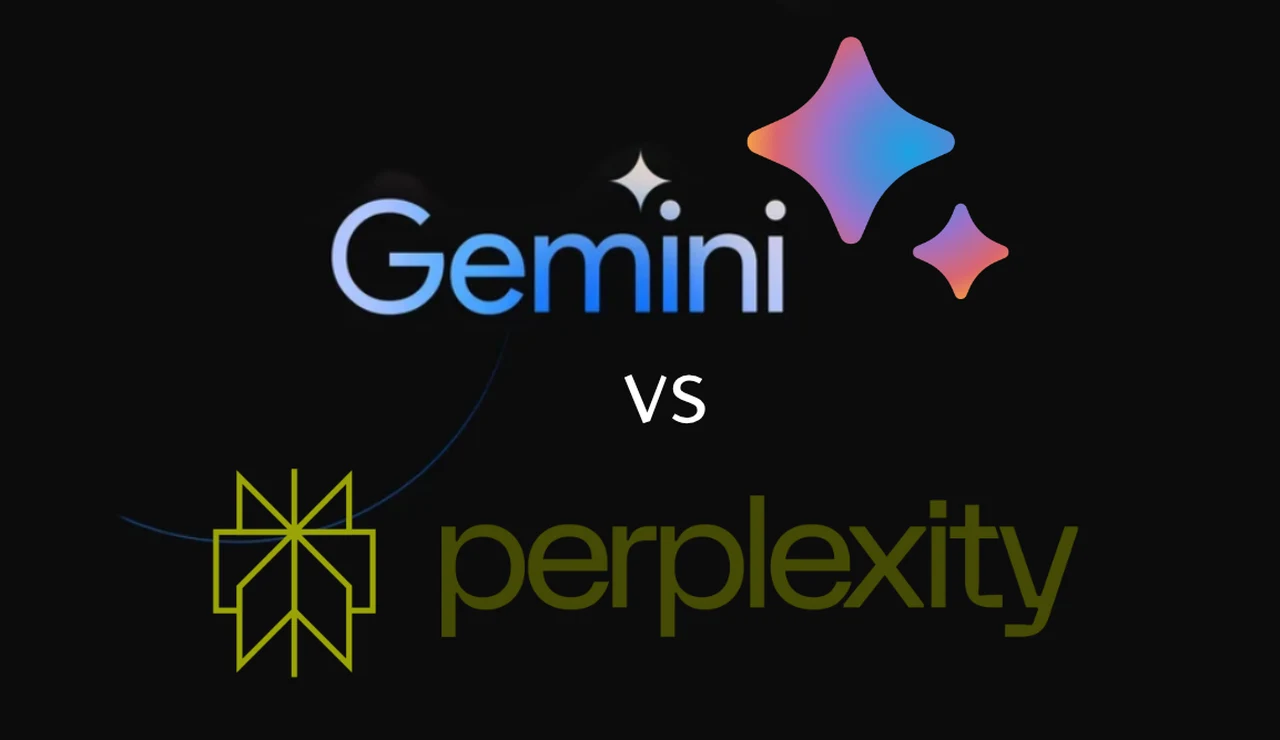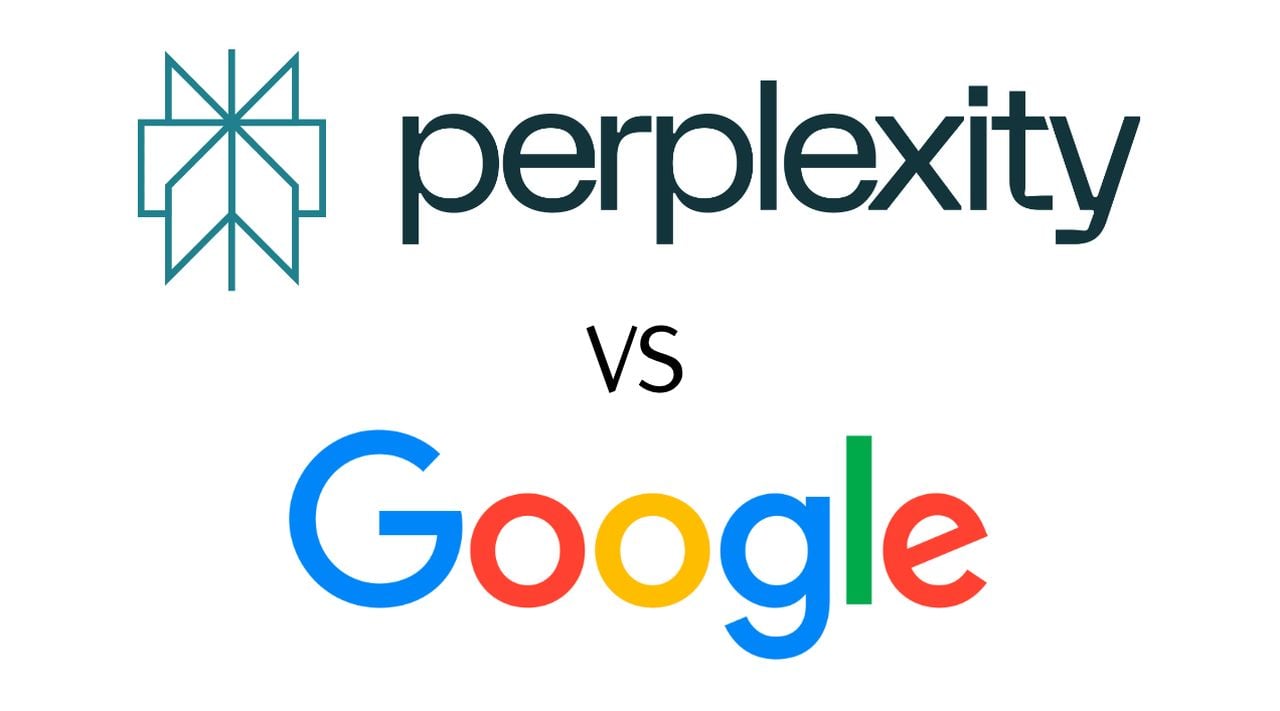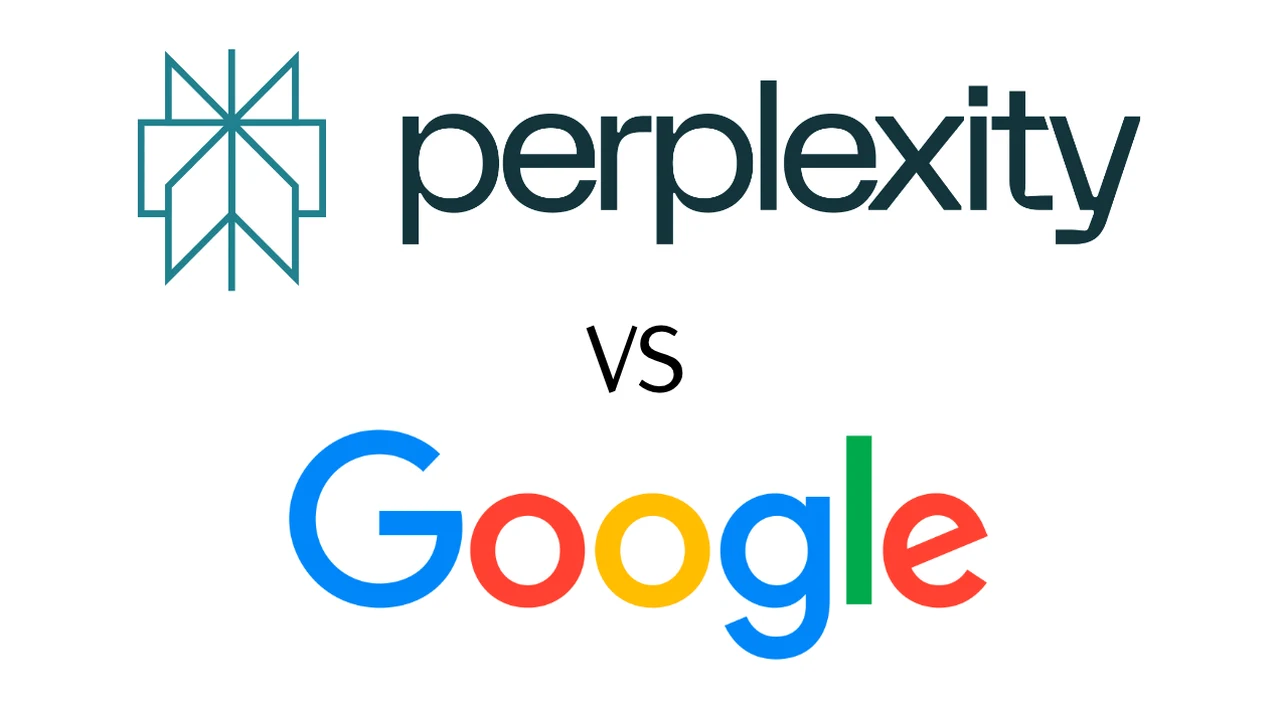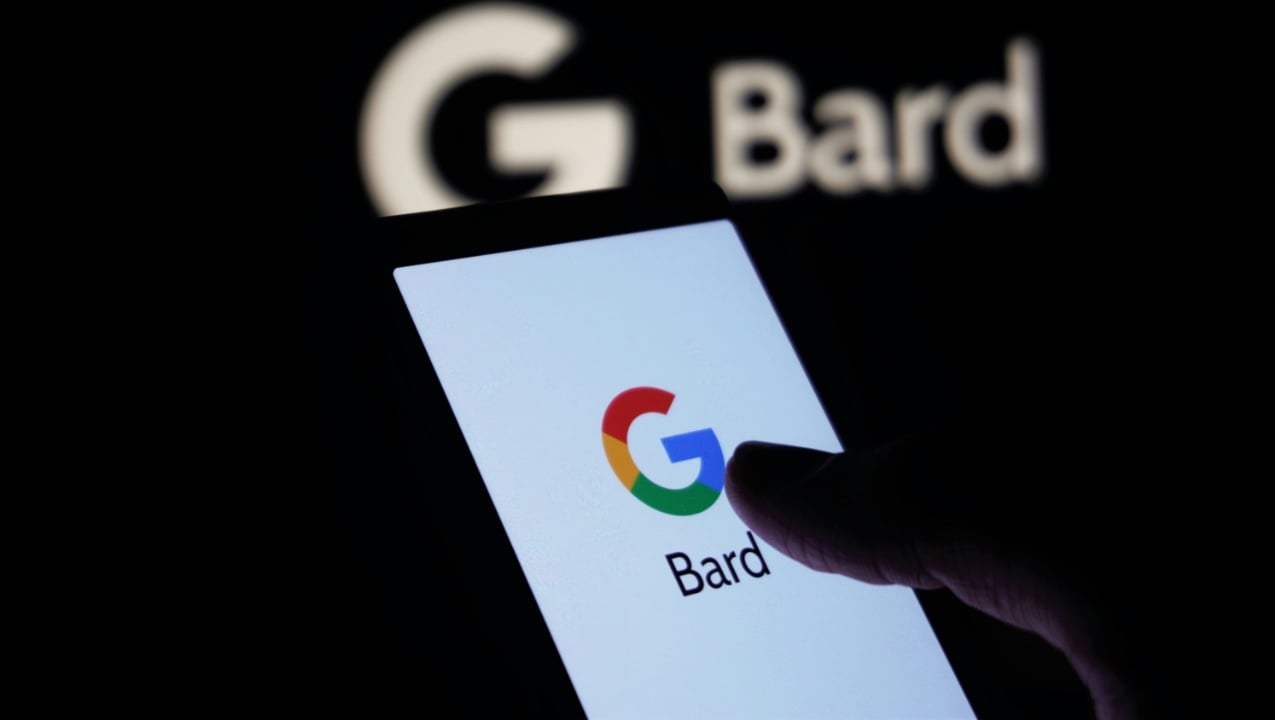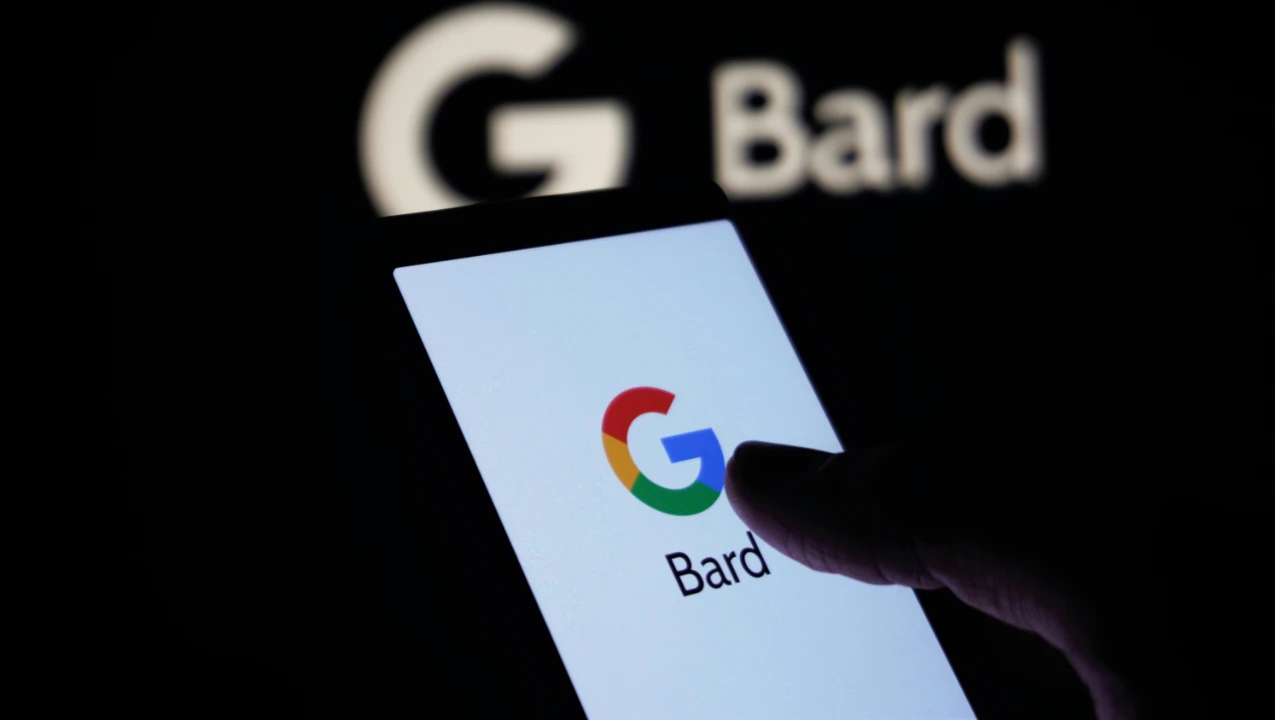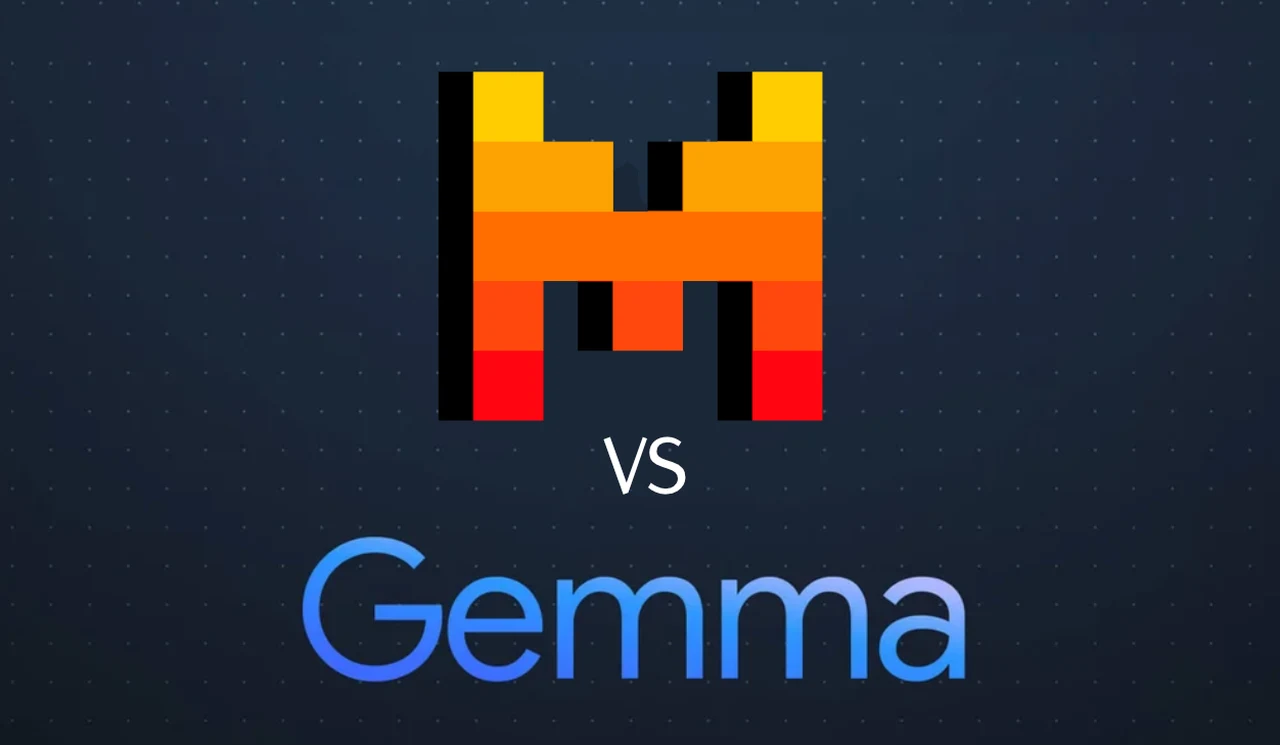
In the realm of artificial intelligence, the race to develop the most capable and efficient models is relentless. Among the numerous contenders, Google’s Gemma AI and Mistral-7B have emerged as significant players, each with its own set of strengths and weaknesses. Our latest comparative analysis delves into the performance of these two models, offering insights into which might be the better choice for users with specific needs.
Gemma AI, accessible through platforms like Perplexity Lab and NVIDIA Playground, has demonstrated impressive abilities in a variety of tasks. It is particularly adept at handling mathematical problems and coding challenges, which makes it a valuable tool for both educational purposes and professional applications. However, Gemma is not without its limitations. The model has shown some difficulties when it comes to complex reasoning and tracking objects, underscoring the ongoing hurdles faced by developers in the AI field.
In contrast, Mistral-7B has proven to be particularly proficient in the domain of financial advice. Its superior understanding of economic contexts gives it an advantage for those seeking AI assistance with investment-related decisions. This specialized capability suggests that Mistral may be the preferred option for users in the financial sector.
Mistral-7B vs Google Gemma
To gauge the practical performance of these AI models, Prompt Engineering has kindly tested Mistral-7B vs Google Gemma through a series of prompts. Gemma’s prowess in writing and coding was evident, as it managed basic programming tasks with ease. However, when compared head-to-head with Mistral, the latter model demonstrated superior overall performance. This comparison underscores the importance of comprehensive testing to determine the most effective AI models for various applications.
Here are some other articles you may find of interest on the subject of Gemma and Mistral AI models
Performance on Mathematical, Scientific, and Coding Tasks:
- Google Gemma shows distinct advantages in mathematics, sciences, and coding tasks over some competitors, but its performance is mixed when compared directly with Mistral-7B.
- Gemma’s performance varies by platform and implementation, with quantized versions on platforms like Hugging Face not performing well. Official versions by Perplexity Lab, Hugging Face, and NVIDIA Playground offer better insights into its capabilities.
Reasoning and Real-Life Scenario Handling:
- In a simple mathematical scenario involving cookie batches, Gemma’s calculation was incorrect, misunderstanding the quantity per batch, whereas Mistral-7B also made errors in its calculations. However, other platforms provided accurate results for Gemma, indicating inconsistency.
- For logical reasoning and real-life scenarios, Mistral-7B appears to outperform Gemma, showcasing better understanding in prompts related to everyday logic and object tracking.
Ethical Alignment and Decision-Making:
- Both models demonstrate ethical alignment in refusing to provide guidance on illegal activities, such as stealing. However, in a hypothetical scenario involving a choice between saving AI instances or a human life, Gemma prioritizes human life, reflecting a strong ethical stance. Mistral-7B provides a nuanced perspective, reflecting on ethical frameworks but not clearly prioritizing human life, indicating a difference in ethical decision-making approaches.
Investment Advice:
- When asked for investment advice, Gemma provided specific stock picks, which may not be the best choices from first glance. However Mistral-7B’s choices, including reputable companies like NVIDIA and Microsoft, were deemed more sensible.
Coding Ability:
- Gemma demonstrated competence in straightforward coding tasks, like writing a Python function for AWS S3 operations and generating a webpage with dynamic elements. This indicates Gemma’s strong coding capabilities for basic to intermediate tasks.
Narrative and Creative Writing:
- In creative writing tasks, such as drafting a new chapter for “Game of Thrones,” Gemma showed promising results, comparable to Mistral-7B, indicating both models’ abilities to generate engaging and coherent text.
Overall Assessment
- Mistral-7B is positioned as a robust model that excels in logical reasoning, ethical decision-making, and potentially more reliable in certain areas. It also shows strength in handling complex reasoning and maintaining object tracking in scenarios.
- Google Gemma, while showcasing strong capabilities in coding tasks and certain areas of mathematics and science, shows inconsistencies in reasoning and real-life scenario handling. It demonstrates strong ethical alignment in prioritized scenarios but may benefit from improvements in logical reasoning and consistency across various types of tasks.
In summary, Mistral-7B seems to offer more reliable performance in reasoning and ethical scenarios, while Gemma excels in specific technical tasks. While Gemma AI boasts impressive benchmark achievements and a wide-ranging skill set, it is Mistral-7B that appears to have the upper hand in terms of overall capability. As the field of artificial intelligence continues to evolve, it is clear that ongoing evaluation and comparison of AI models will be essential. Users looking to leverage AI technology will need to stay informed about the latest developments to select the most suitable AI solutions for their specific requirements.
Filed Under: Guides, Top News
Latest timeswonderful Deals
Disclosure: Some of our articles include affiliate links. If you buy something through one of these links, timeswonderful may earn an affiliate commission. Learn about our Disclosure Policy.

